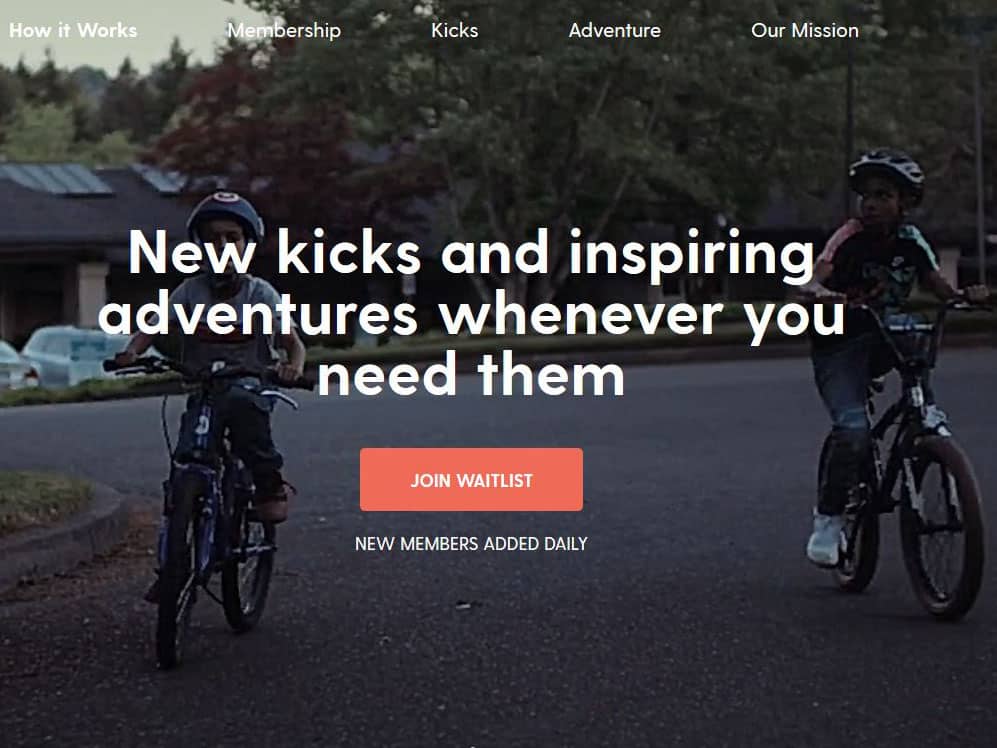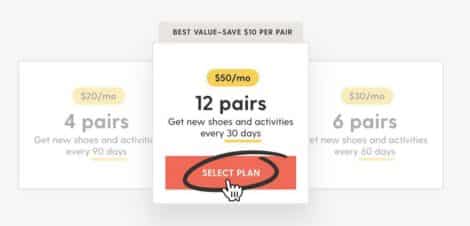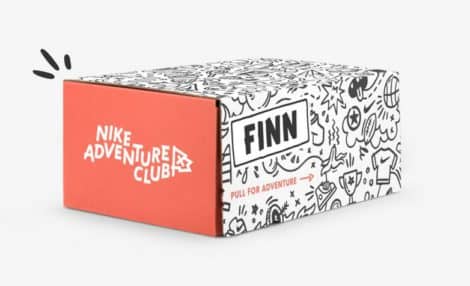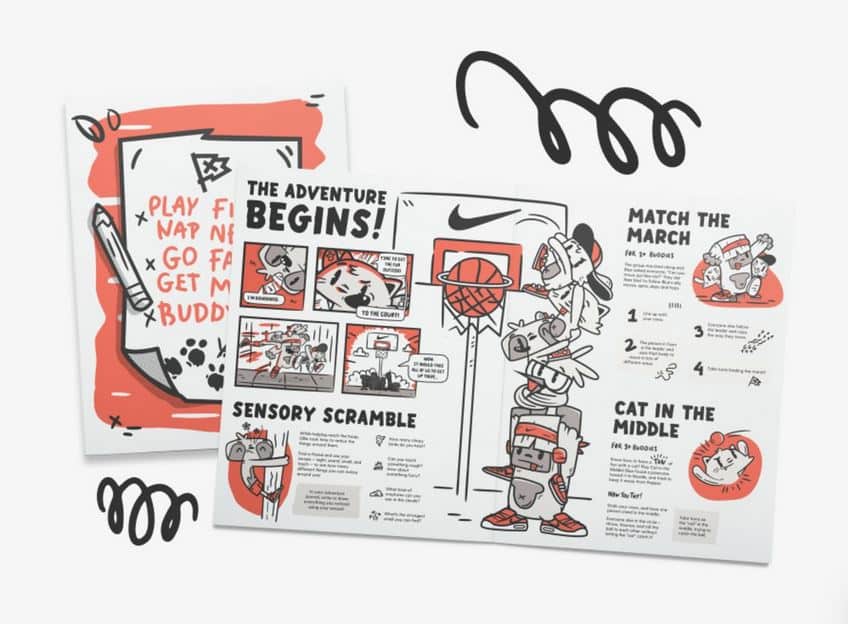
Nike has just launched the Nike Adventure Club, a system that allows children to receive up to 12 pairs of trainers per year. The system operates on a subscription basis. That’ s right: by subscription! The business model is innovative, and in this article, we analyse Nike’s marketing strategy and the background of this business model.
What is the Nike Adventure Club?

Depending on the value of the subscription, the child will receive each year between 4 pairs ($20/month formula) and 12 pairs ($50/month formula). In other words, the $50/month formula ($600 per year) gives you the right to order, every 30 days, the pair of trainers of your choice.
1 pair of new trainers every month, isn’t that a little too much?

The website indicates that this harvest will take place twice a year (April and November) and that on this occasion the members of the club will receive a pre-paid label that will allow them to send back the sneakers they no longer want, and that will then be offered to families in need.
Business analysis: Nike’s interest in selling subscription trainers
Nike’s interest in selling trainers on a subscription basis is apparent: regular income streams and satisfaction of the need that will also prevent parents from buying trainers from another brand.
All the analyses we have read highlight the regularity of revenues, of course, but systematically forget that the Nike Adventure Club model is frighteningly well designed to annihilate the competition. Indeed, by satisfying in advance a need (to put shoes on their children’s feet), Nike simply eliminates the need for parents to think about meeting this need, which will necessarily result in a maximum market share on the homes that have opted for this particular option.
Based on the subscription model, Nike also hopes to build customer loyalty among young consumers. This is a long-term strategy whose effects are difficult to predict, as today’s young consumers have become unpredictable and ever-changing.
The marketing strategy for selling trainers by subscription
This new model of selling trainers by subscription obviously requires a rethinking of your marketing strategy. How to convince parents to opt-in advance for repetitive purchases of a sustainable commodity (trainers)? How, in other words, can we move from a sustainable model (the trainers that we keep) to a perishable model (the trainers that we get rid of twice a year)?





![Illustration of our post "Lead generation: company practices in 2023 [Research]"](https://5cc2b83c.delivery.rocketcdn.me/app/uploads/marketing-megaphone-banner-120x90.jpg)


![Illustration of our post "Pricing: strategies, techniques, examples [Guide 2025]"](https://5cc2b83c.delivery.rocketcdn.me/app/uploads/pricing-120x90.jpg)
![Illustration of our post "Content marketing: benefits and strategic advice [Guide 2023]"](https://5cc2b83c.delivery.rocketcdn.me/app/uploads/content-marketing-120x90.jpg)